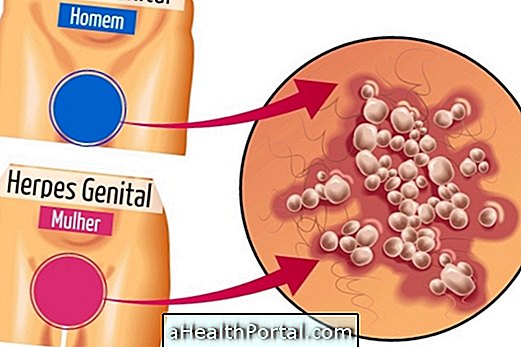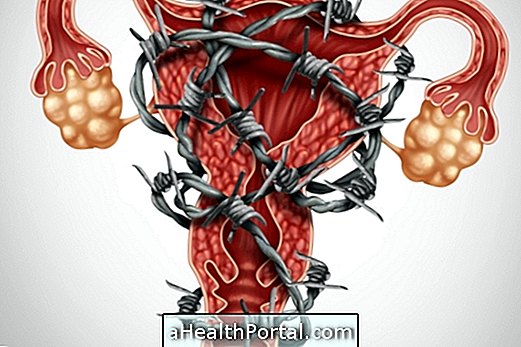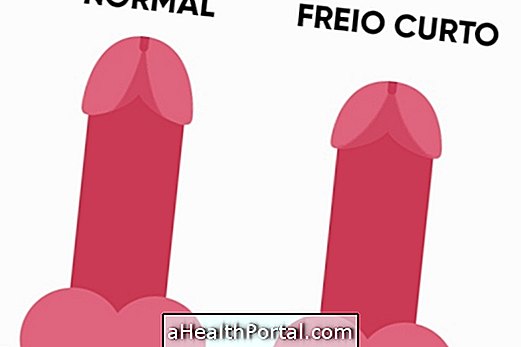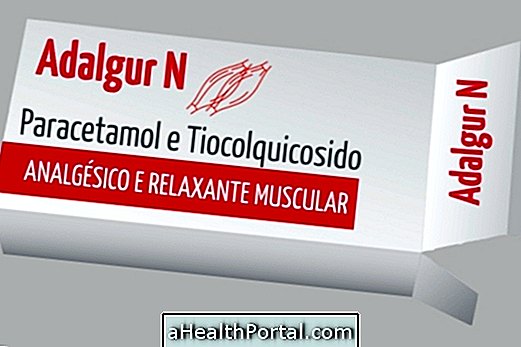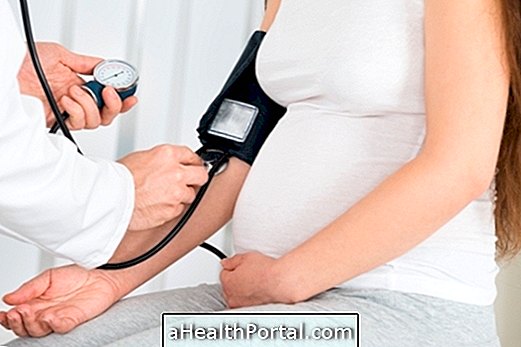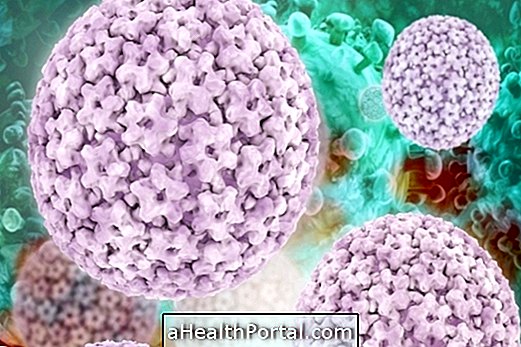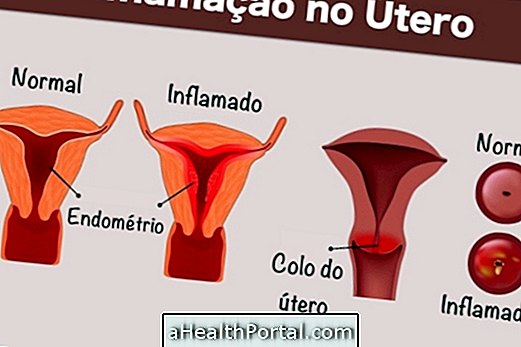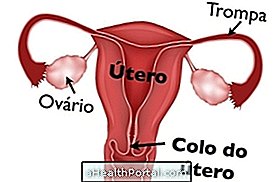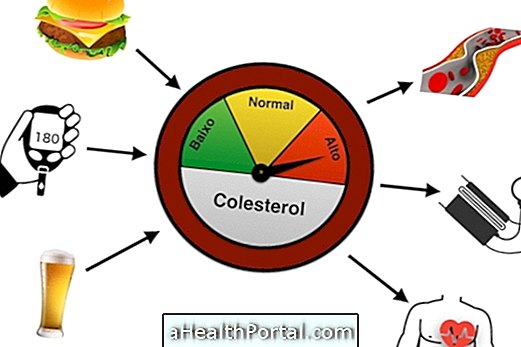In case of suspected AIDS due to some risk behavior, such as having non-condom relationships or sharing contaminated needles and syringes, it is important to go to the doctor to have blood tests and to see if you have really been infected with the HIV virus.
However, the HIV virus is only detected in the blood about 1 month after the behavior of risk and, therefore, it is necessary to wait for the diagnosis, being important to maintain the use of condoms in all the relations so as not to contaminate the partners, for example.
Thus, in case of suspected AIDS, it is important to follow the following indications:
1. Go to the doctor
When you have contact with an individual who has AIDS or is suspected of being infected, you should go to the doctor to schedule the day you can take the blood test to see if you are really infected with the virus, as the test can only be done about 30 days later.
In the case of health professionals, it is possible in some cases to ask the infirmologist to take a prophylactic dose of HIV medicines for up to 72 hours, which decreases the risk of developing the disease, in addition to the rape victims who, in addition to being able to take the cocktail party need to collect traces that help identify the offender.
If it is more than a month after the risk behavior, the doctor can do the HIV rapid test in the office and know the result at the moment. In addition, in the consultation the doctor will indicate the need to maintain protective measures, such as always using a condom, to avoid contamination of the partners. Know the symptoms of the disease in: Symptoms of AIDS.
2. Get tested for HIV
The HIV test can only be done about 30 to 40 days after the risk behavior and should be repeated 30 days later, even if the result of the first test is negative and, again, it should be done 3 months later, to discard the test. suspected
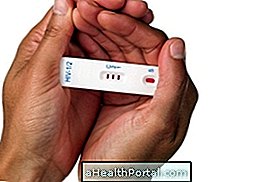

This test is done through a blood collection and is known as the Elisa Test, and may be performed through:
- Fast test rapid test: is a simple test that requires only a small prick at the tip of the finger to collect a drop of blood and which is placed in a test device and the results appear in a maximum of 30 minutes and can be made at a medical appointment;
- Laboratory test: It is a blood test where a small sample of blood is collected and where the presence of the virus is searched and it is necessary to wait a few days to know the result.
Any one of the tests is reliable and helps to get to the diagnosis of the disease. To learn more about the tests read: HIV Testing.
Where to get tested for Aids
Tests for the diagnosis of HIV infection can be conducted at Centers for Testing and Counseling (CTA), government campaigns, health posts or maternity clinics that exist throughout the country and are conducted free of charge.
However, in order to know the best place according to the place of residence, you can call the Health Dock (136) and get specific information about the nearest center.
3. Do complementary HIV testing
In order to confirm the suspicion of Aids, a complementary test such as the Indirect Immunofluorescence Test or the Western Blot Test should be performed, which serve to confirm the presence of the virus in the body of the individual and thus initiate the treatment as soon as possible.
Treatment for AIDS
Treatment for AIDS includes the use of antiretroviral drugs that are provided free of charge by SUS and help fight the virus and strengthen the immune system, but the disease has yet to be cured.
In addition, to avoid aggravation of the disease, the AIDS patient should use condoms in all intimate contacts, eat a balanced diet and practice physical activities, as it prevents future complications and improves the body's defenses.
Thus adherence to treatment is critical to maintaining the patient's quality of life, however, the person with AIDS can and should lead a normal life, such as working, dating, strolling, having fun, for example. Read more in: AIDS Treatment.
Watch this video:


